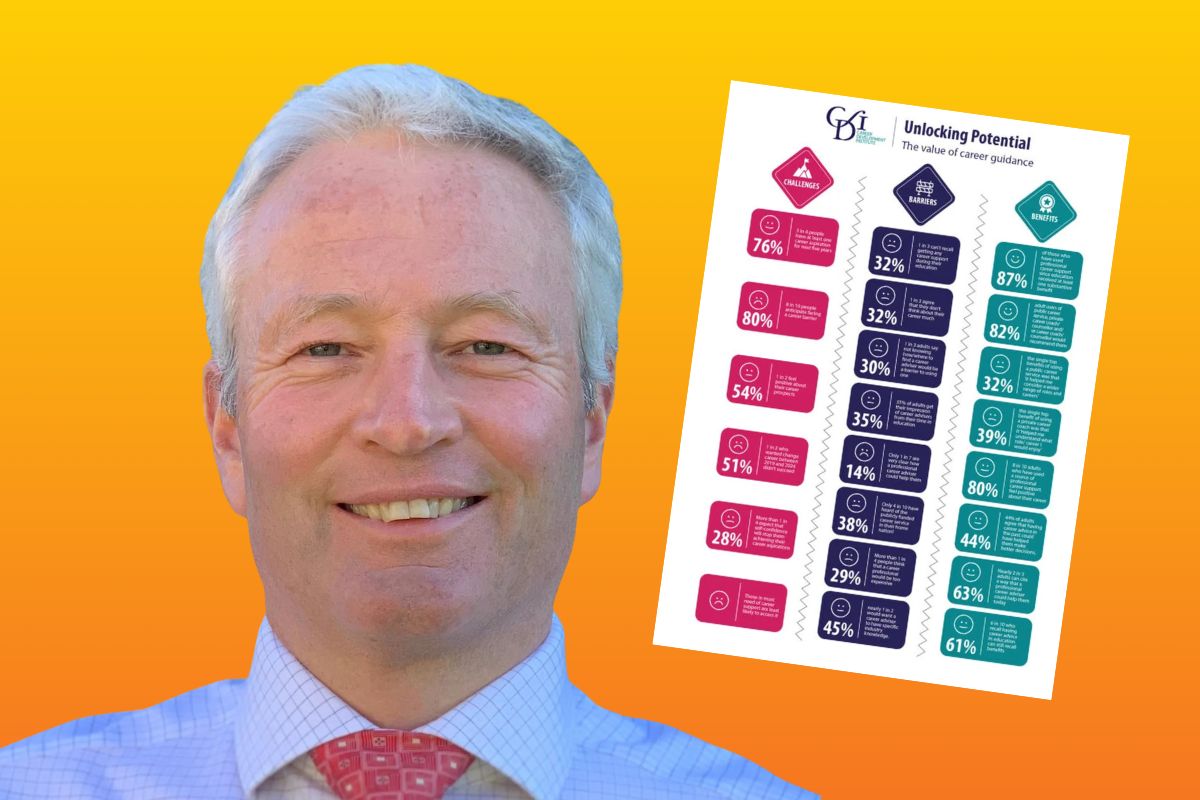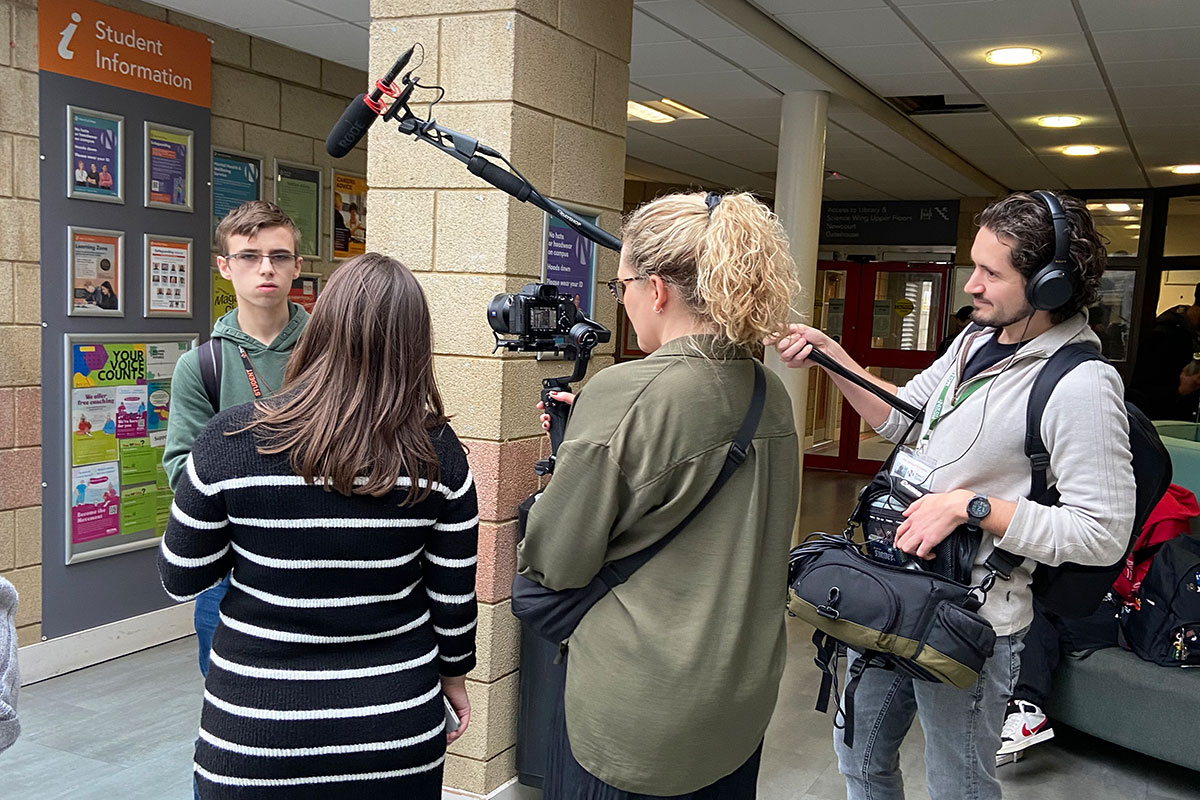Degree Attainment and Student Success in Kentucky

Kentucky is developing a powerful story of student success as it supports higher education and degree attainment. Higher education is vital to a flourishing society. It results in improved financial security, with Kentuckians with a bachelor’s degree earning about $1 million more over a course of a lifetime than a high school graduate. Higher education also leads to increased workforce participation and decreased participation in public benefit programs.
In order to bolster its population of individuals with postsecondary degrees, Kentucky set a goal. The state is working toward having 60% of its population hold a bachelor’s degree by 2030. Kentucky has already made progress toward this goal. Currently, Kentucky’s degree attainment rate is 55%, and there has been a 7% increase in undergraduate degrees and credentials.
More Work Lies ahead
In fact, certain groups, such as low-income earners and adult learners, have experienced declining undergraduate enrollment over the past ten years. These are key groups when it comes to general enrollment in Kentucky, and this is a trend that the state hopes to reverse. Hopefully, addressing trends like these will allow Kentucky to catch up to the national average in baccalaureate attainment.
The Kentucky Student Success Collaborative (KYSSC) is one organization working to create positive change in higher education. The KYSSC began in 2021 through a partnership between the CPE and the James Graham Brown Foundation. It has already made an impact and has developed 24 statewide recommendations that focus on improving three areas.
The first of these areas is supporting student basic needs. Throughout the United States, 60% of students deal with basic needs insecurity. This is problematic, as only 20% of students who pause their academics for financial reasons end up returning to complete their studies. Addressing basic needs insecurity frees up students to complete their degrees.
The second area is transfer pathways, which are currently not conducive to degree attainment. In fact, only 10% of students who begin on a transfer pathway will finish their bachelor’s degree in six years. After completing an associates degree, students across the board are more likely to transfer than complete a bachelor’s degree, so improving these pathways is vital.
Finally, the third area of improvement is gateway course success. These courses boost retention from first to second year, but are not common; only 1 out of 3 first year students take college-level math and English courses during their first year.
Conclusion
Over the next several years, Kentucky aims to boost its population with postsecondary degrees, which will benefit its economy and workforce. With the help of organizations like the KYSSC, the state is making progress toward its goal.











Responses